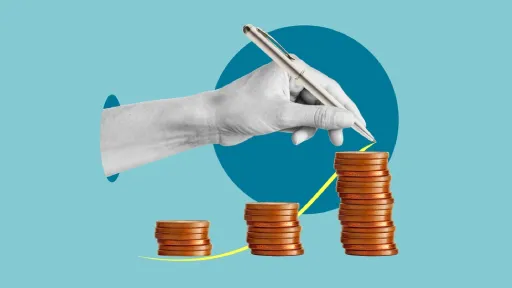In today’s fast-paced financial landscape, understanding complex credit terms is more important than ever. One term that frequently appears yet often confuses consumers is “what does 0 APR mean.” Whether you’re shopping for a new credit card, financing a purchase, or considering a loan, grasping what 0 APR entails can save you money and help you make informed decisions. This article unpacks the meaning of 0 APR, explores its benefits, and highlights essential considerations.
What Does 0 APR Mean? A Clear Definition
The term “0 APR” stands for “zero annual percentage rate.” APR represents the yearly cost of borrowing money, including interest and fees, expressed as a percentage. When an offer features 0 APR, it means you won’t be charged interest on your balance for a specific period. This can be a powerful incentive when managing credit and debt.
Types of 0 APR Offers
Consumers commonly encounter 0 APR in two main scenarios:
- Introductory 0 APR: Often attached to credit cards, this offer provides a 0% interest rate for an introductory period, usually ranging from six to 18 months.
- Promotional 0 APR Financing: Retailers or lenders use this to encourage purchases or loans, allowing buyers to pay off purchases without interest if paid within a set timeframe.
How Does 0 APR Work?
When you accept a 0 APR offer, you borrow money or make purchases without accruing interest during the promotional period. However, once that period expires, the normal APR applies to any remaining balance. It’s vital to understand the terms to avoid unexpected interest charges.
Why Knowing What Does 0 APR Mean Matters Today
In a world where credit cards and loans are widely used, knowing the implications of a 0 APR can empower consumers to save hundreds of dollars. Whether it’s making a large purchase using promotional financing or strategically paying down credit card balances, 0 APR offers an opportunity to manage finances more effectively.
Benefits of 0 APR Offers
- Interest Savings: Avoid paying interest during the promotional period.
- Cash Flow Management: Helps spread the cost of large purchases over time without added cost.
- Debt Consolidation: Some credit cards offer 0 APR for balance transfers, allowing consolidation at no interest temporarily.
Important Considerations
Although 0 APR sounds advantageous, keep in mind:
- Limited Period: Interest-free period is temporary; remaining balances may incur high APR afterward.
- Fees: Balance transfers or financing offers may include fees that offset the benefit.
- Missed Payments: Failing to make minimum payments can void the 0 APR deal and trigger retroactive interest charges.
How to Maximize 0 APR Offers
To truly benefit from what does 0 APR mean, follow these tips:
- Pay Off the Balance: Aim to pay the full balance before the promotional period ends.
- Read the Fine Print: Understand fees, duration, and conditions attached to the 0 APR offer.
- Don’t Overspend: Avoid unnecessary purchases just because an offer has 0 APR.
- Monitor Payment Deadlines: Stay current on payments to maintain the 0 APR status.
Common Questions About 0 APR
Q: Does 0 APR mean no fees at all?
Not necessarily. There could still be fees like annual fees or balance transfer fees involved.
Q: Can 0 APR offers affect my credit score?
Utilizing 0 APR wisely can be neutral or even beneficial, but missing payments can harm your credit.
Conclusion
Understanding what does 0 APR mean is crucial for making savvy financial choices in today’s economy. By leveraging 0 APR offers correctly, consumers can minimize interest costs and manage their budgets effectively. Still, it requires vigilance, disciplined payment habits, and careful reading of terms. Equipped with this knowledge, you’re better prepared to navigate credit offers and make decisions that boost your financial health.


